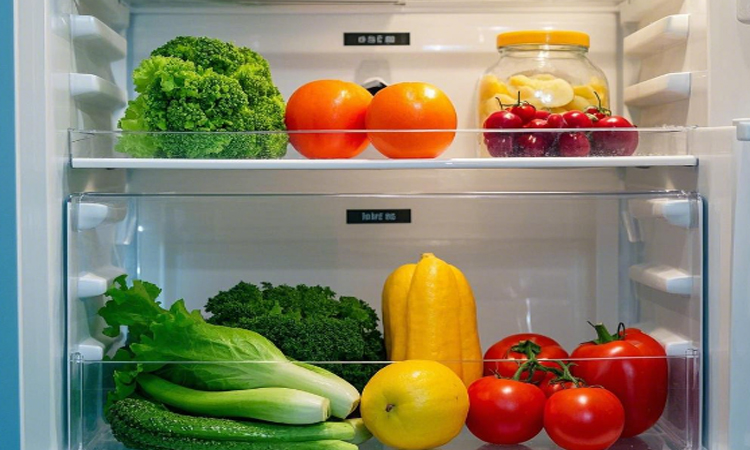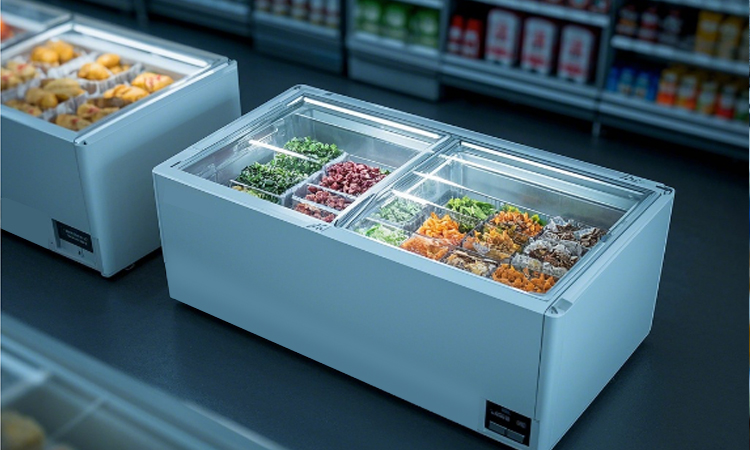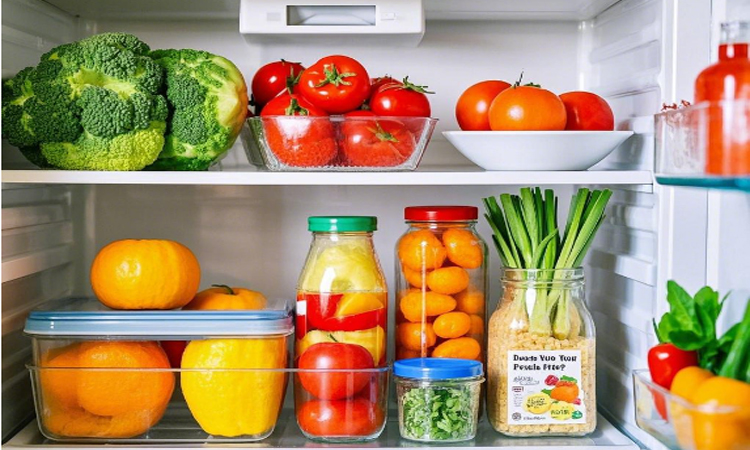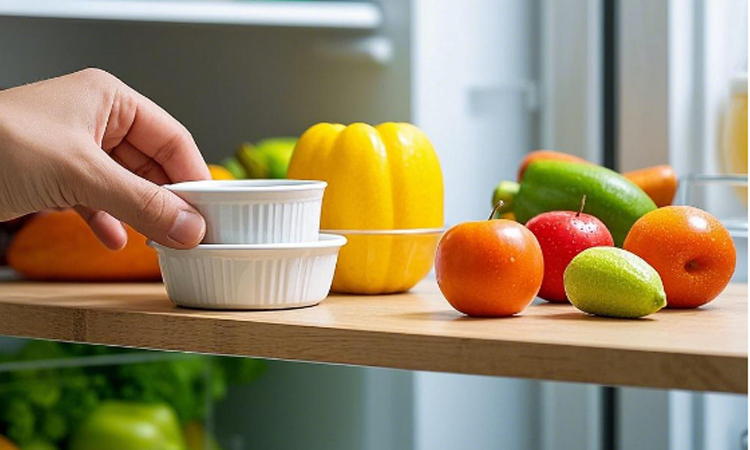
Why does frozen meat in restaurants always stay juicy and tender, while ingredients in home freezers often become dry and shrivelled? The answer lies in the differences between freezer types. From traditional frosty freezers to modern ones equipped with AI smart functions, the choice of freezer type directly affects food preservation, usability, and energy costs. This article will systematically analyze the main types of freezers to help you find the most suitable product for your needs.
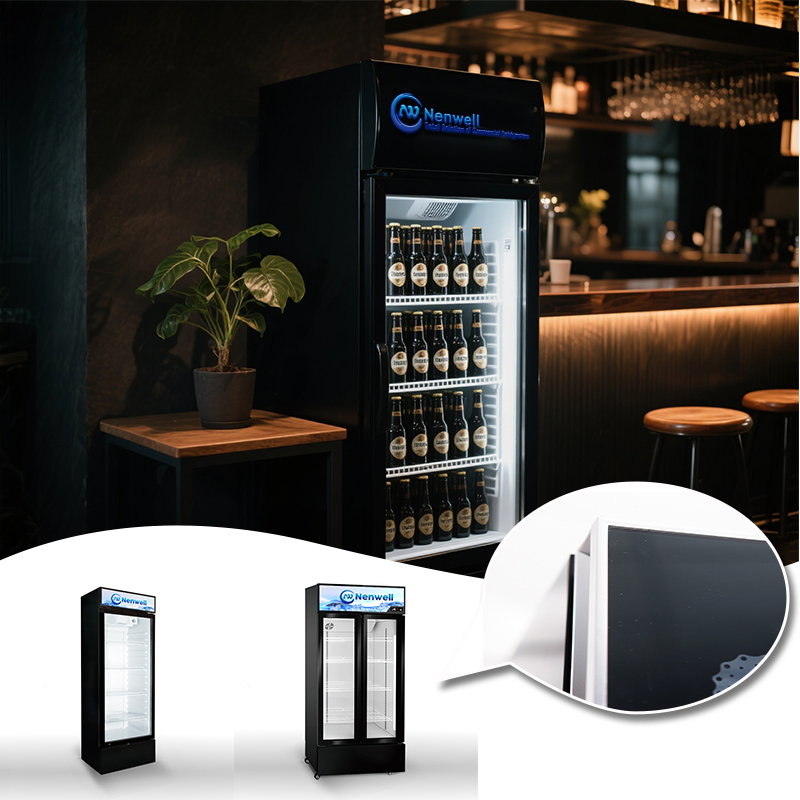
By Structure: Upright vs Chest Freezers
The most intuitive way to classify freezers is by structure: upright and chest types. Upright freezers feature side-opening doors with multiple internal shelves, making them ideal for home kitchens or small apartments. Their biggest advantages are high space utilization, small footprint, and no need to bend down when accessing food—cold air loss is only about 15% when taking items from upper layers. The 2025 new upright models like Haier's Zhiwei Series integrate -40℃ cellular freezing technology, which instantly locks in moisture in food cells, keeping steaks fresh even after three months of storage.
Chest freezers adopt top-opening designs, usually with capacities over 300 liters, suitable for large storage needs. Their curved lids reduce cold air loss, with overall energy consumption 10%-15% lower than upright freezers of the same capacity. In commercial settings, chest freezers are often used to store whole boxes of ingredients or large meat cuts. Home models like Haier's Shuangyi Yufeng Series solve the traditional frost buildup issue through optimized internal air duct design, achieving frost-free operation for six months. Note: Kitchen corners suit upright models, while open areas like living rooms or basements are better for chest freezers.
By Cooling Technology: Frost-Free vs Frost-Built
Cooling methods are core to freezer performance, mainly divided into frost-free (air-cooled) and frost-built (direct cooling) types. Frost-built freezers use evaporators for direct cooling, with simple structures and low prices. However, frost forms on inner walls after six months of use, requiring manual defrosting. These are suitable for budget-conscious users who accept regular maintenance. Current market models with reduced frost technology can cut frost buildup by 50%, lowering maintenance frequency.
Frost-free freezers circulate cold air via fans and come with automatic defrost systems, eliminating frost troubles entirely. Their advantages include not only maintenance-free operation but also precise temperature control within ±0.5℃, avoiding repeated thawing due to temperature fluctuations. The 2025 new frost-free models like Haier's AI Smart Series add HCF fresh-freezing moisture technology, reducing meat oxidation by 40% and pasta dehydration by 50%—solving the problem of food drying common in air-cooled technology. Though 20%-30% more expensive, frost-free freezers offer significant long-term benefits in convenience and preservation.
By Purpose: Home vs Commercial Use
Home freezers typically have capacities between 100-300 liters, focusing on energy efficiency and space adaptability. Modern home freezers show intelligent trends: Haier's AI Smart Freezers allow real-time inventory checks via mobile apps, with label elves automatically recording food expiration dates—completely eliminating the "frozen mystery box" dilemma. For a three-person family, a 200-liter upright frost-free freezer suffices; multi-generational households or bulk shoppers can choose chest models with over 300 liters and dual-temperature zones.
Commercial freezers are subdivided by scenario: convenience store display cabinets, kitchen freezers, and low-temperature storage units. Convenience stores commonly use upright air curtain cabinets with large display surfaces and fast cooling capabilities. Restaurant kitchens prefer Haier's Haifeng Series, which can drop from 25℃ to -18℃ in 1 hour, ensuring rapid food preservation. Special commercial scenarios like deep-sea fish shops require -60℃ ultra-low temperature freezers to maintain seafood quality; ice cream shops use dedicated display cabinets with precise temperature control to ensure texture. Commercial freezer capacities range from 20L to 1600L—selection depends on daily storage volume and turnover rate.
Buying Tips and Trend Outlook
When choosing a freezer, first calculate required capacity: 50-80 liters per person for home use, while commercial users need to consider peak storage demands. Prioritize energy efficiency class 1—especially after the 2025 new national standards, energy-saving models can reduce annual electricity consumption to 60% of traditional products. For cooling technology, families are advised to choose frost-free types, while commercial users should select temperature ranges based on food characteristics.
2025 freezer technology is moving toward "precision preservation + intelligent management". From Haier's Aipulan Award-winning deep-freezing technology to AI food management systems, freezers have evolved from simple low-temperature storage devices to food preservation hubs. Whatever type you choose, the core is matching your usage scenario—upright frost-free for small apartments, large-capacity chest models for big families, and specialized commercial models for businesses. Remember: the best freezer type meets both storage needs and maximizes food freshness.


